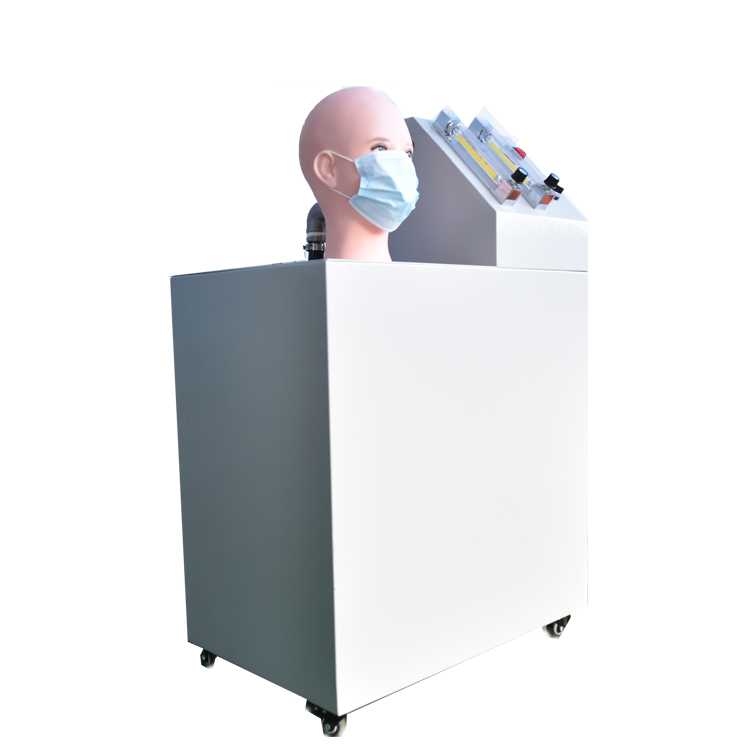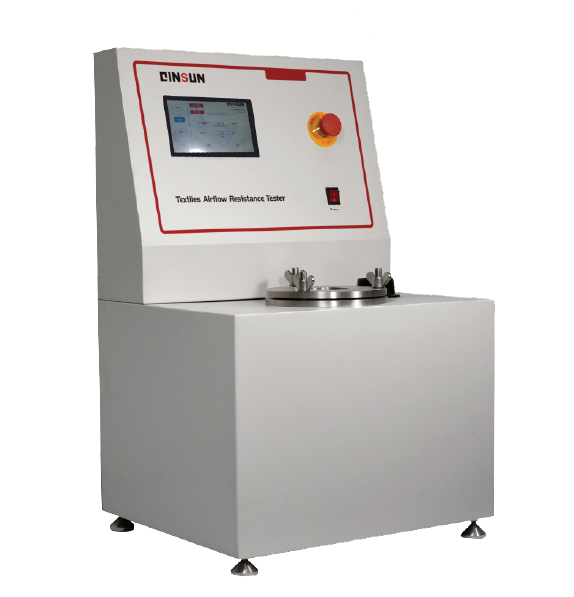Textile testing equipment is urgently needed for some industries, especially for some enterprises that manufacture masks and protective clothing. Although the products are in urgent need of mass production, the premise of being able to sell is absolute safety. Therefore, equipment such as
automated filter tester for material and responder has become a hot sale.
Detection of toxic substances in textiles is also an important part of textile detection series. In this paper, several common harmful substances in textiles are systematically introduced, and aiming at the problems encountered in the current textile inspection, the effective detection methods of harmful substances are discussed, hoping to have guiding significance for the practice of textile safety inspection.
1. Main Harmful Substances in Textiles and their Content Standards
1.1 Formaldehyde Content Due to the harm of formaldehyde to human health, the European Union and North America, including Japan, have strict regulations on its content. Among them, Japan stipulates that the formaldehyde content in its imported adult outerwear must be lower than 300 mg/kg; The formaldehyde content in adult underwear, pajamas and socks must be lower than the standard of 75mg/kg; However, the content of baby products is more strict, and its standard is 20mg/kg.
1.2 Contents of harmful heavy metals Common harmful heavy metals in textiles include lead, nickel, cadmium, copper, arsenic, mercury, cobalt and chromium. As far as the content of heavy metals in textiles is concerned, as early as the end of last century, the European Union imposed strict regulations on its imported textiles, and any textiles with heavy metal content above 0.5mg/cm2, including ornaments, zippers and buttons, are not allowed to circulate in the market.
2. Commonly used Chemical Detection Methods and Suggestions for Improvement
Formaldehyde is widely used in the production process of textiles, especially the textile auxiliary agent with formaldehyde as reactant has stronger durability; However, fabrics treated with formaldehyde have better crease resistance and shrinkage resistance.
However, due to the adverse effects of formaldehyde on human health, the detection of formaldehyde content in textiles has become an important part of its safety detection. Generally speaking, the methods for detecting formaldehyde content in textiles mainly include the following.
2.1 Meteorological Chromatographic Determination Method
The determination method of meteorological chromatography finally determines the formaldehyde content of textiles by measuring the polarity of formalde hyde released by trace amounts. Traditional formaldehyde trace is determined by acetylacetone colorimetry. However, due to the problems of small current measurement range and complicated measurement procedures, it is difficult to adapt to the characteristics of multiple batches and varieties of textiles and large fluctuation range of formaldehyde content in f oreign trade.
After analyzing the chemical characteristics of formaldehyde and combining with the practical experience of long-term detection, we found that choosing 2,4-dinitrophenylhydrazine (2, 4-DNPH) as derivatization agent and cyclohexane as extractant to detect formaldehyde residue in textiles not only greatly simplified the detection steps and e xpanded the linear detection range of content, but also reduced the risk of the detection process due to the low toxicity of cyclohexane, thus greatly improving the trace detection range of formaldehyde in textiles.
2.2 Water Extraction Method
The water extraction method is the most widely used method in practice at present, which is operated according to GB/T2912.1-1998 standard, and its detection process is simple and easy to master. Practice shows that if iodometric method and PH titrator are selected and processed in the ear ly stage of detecting formaldehyde in textiles, not only can the detection accuracy of formaldehyde be improved, but also the detection efficiency can be greatly improved.

